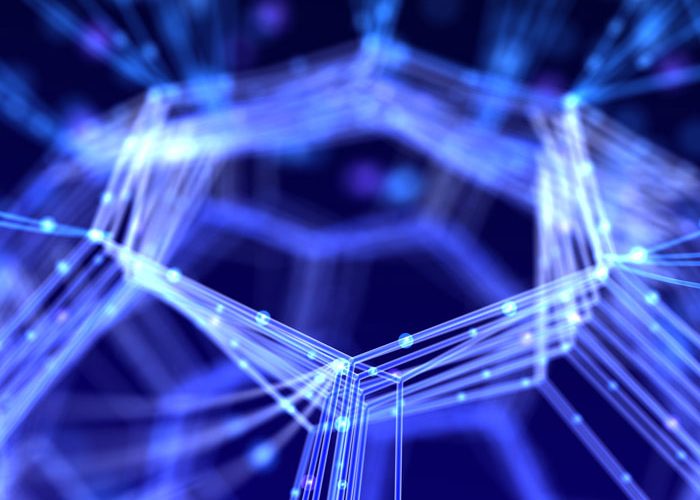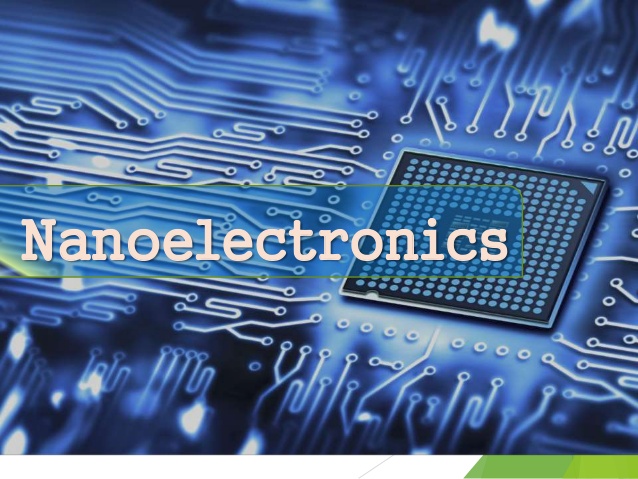Electric voltage is generated by passing liquid through coils of single-walled carbon nanotubes (PhD in Nano-Microelectronics)
Researcher and author: Dr. ( Afshin Rashid)
Note: Electric voltage is generated by passing liquid through coils of single-walled carbon nanotubes. This technique is used to build liquid flow sensors to detect very small amounts of liquids, as well as to generate voltage in nano-biosensors applications . Conductive nanotubes with high ionic strength also produce more voltage .
Nanotubes have a very high surface density, which makes nanotubes very strong. It can be said that this property is due to their remarkable fineness. Storage in nanotubes All three carbon atoms can store one lithium ion, while in graphite all six carbon atoms can store one lithium ion. Also, the ability to store energy in nanotubes is many times the volume of graphite electrodes. Therefore, large amounts of hydrogen can be stored in nanotubes for energy applications and fuel cells. The rate of increase of thermal force and resistance of nanotubes is proportional to the third root of the mass of atoms and molecules. Heating also increases the strength of the nanotube and increases its tensile strength sixfold and increases its conductivity .
The arc method is the most common and perhaps the simplest method for producing carbon nanotubes. However, this technique is a technique in which a mixture of nanotubes and impurities are produced in which it is necessary to separate the nanotubes from the soot and metals and the catalyst in the raw product. In this method, nanotubes are produced by evaporating an electric arc of two carbon rods facing each other at a distance of approximately 1 mm from each other. The heat from the evaporation evaporates one of the carbon electrodes and precipitates in the form of small rods on the other electrode.
Conclusion :
Electrical voltage is generated by the passage of liquid through coils of single-walled carbon nanotubes. This technique is used to build liquid flow sensors to detect very small amounts of liquids, as well as to generate voltage in nano-biosensors applications . Conductive nanotubes with high ionic strength also produce more voltage .
Researcher and author: Dr. ( Afshin Rashid)
PhD in Nano-Microelectronics




